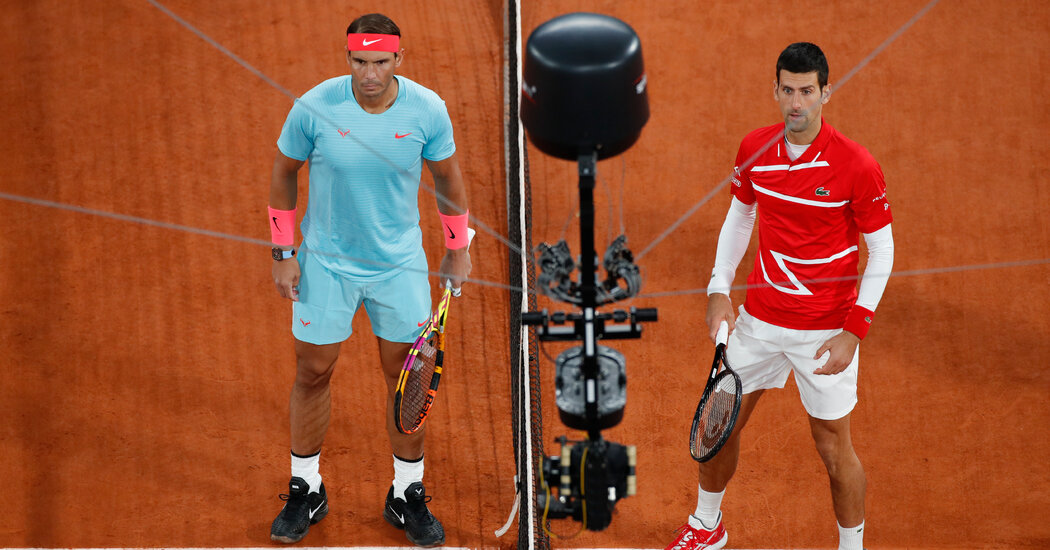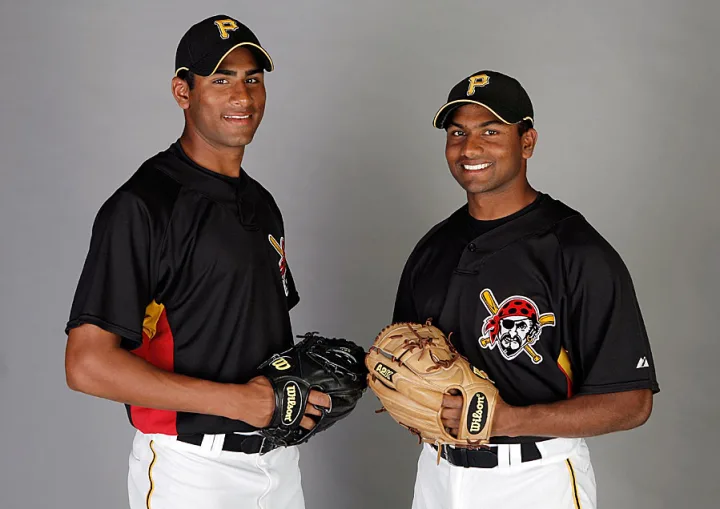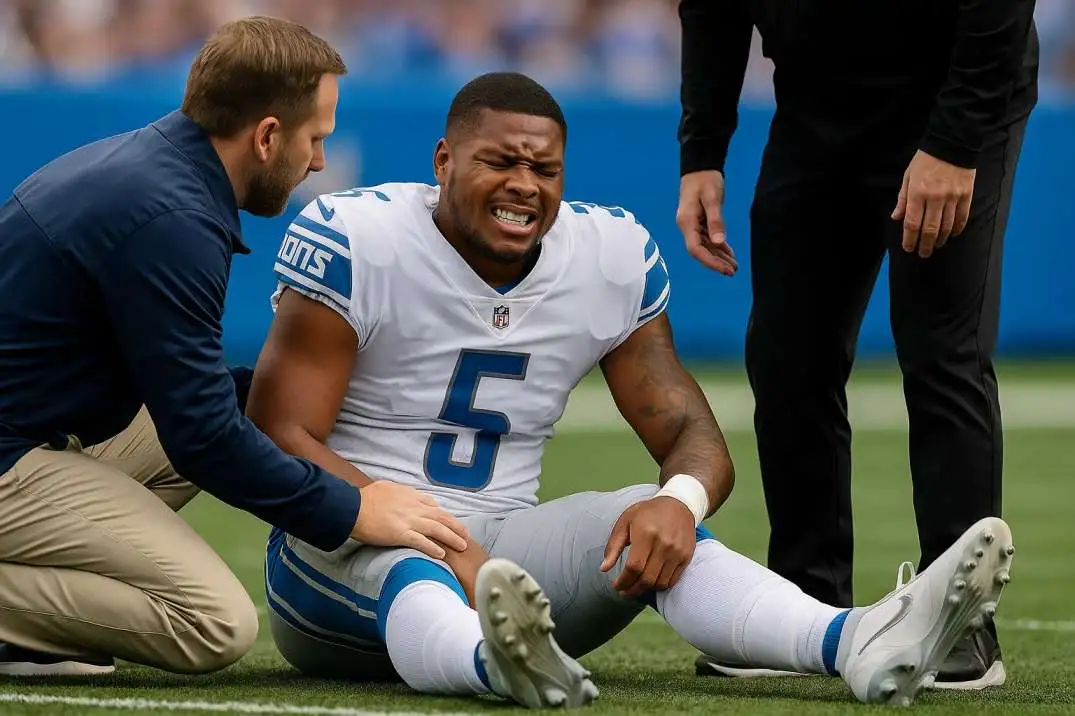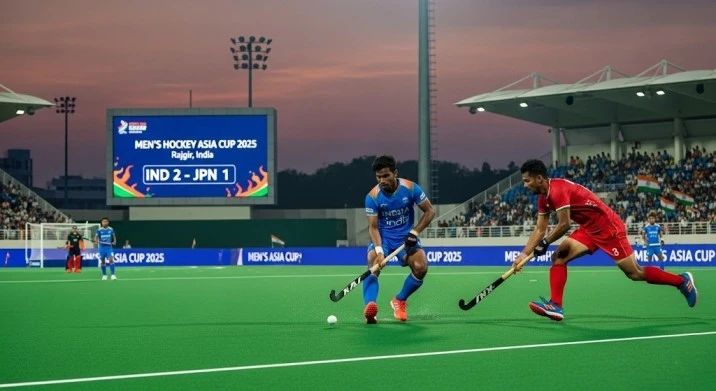For nearly two decades, a small network based in Southern California called the Tennis Channel has attempted to become the hub of the sport in the United States. This month, it got one step closer, wrapping up a deal that will make it the television home of nearly every major men’s and women’s tennis event other than the Grand Slams.
Tennis Channel’s deal to control the rights to so many high-profile tournaments is a coup for the growing network, a unit of the Sinclair Broadcast Group. It is also a bet, and some would say a risky one, that shifting top tennis matches from the sports behemoth ESPN is good for the growth of tennis and a sign that the sport’s future in the United States may lie largely with its most loyal followers.
With the biggest stars the game has produced — Rafael Nadal, Roger Federer, Novak Djokovic and Serena Williams — getting closer to the end of their playing days without any easy or obvious replacements, tennis is heading toward a pivot point. At a crucial time, when tennis would appear to need to reach a broader audience of potential new fans, some of its high-profile events may only be seen by core followers who are already familiar with the unique talents of modern pros.
“These players have more athleticism, stamina, power and guts than anyone,” said Arlen Kantarian, who led the United States Tennis Association from 2000 to 2008. “The core fan base, the people who attend live matches get that, but how do you capture the others?”
That question is especially pressing now. The French Open ended Sunday with a dominant win by Nadal over Djokovic, and the United States Open finished with thrilling finals last month won by Dominic Thiem and Naomi Osaka. But as coronavirus infection rates rise across Europe and North America, the schedule for the coming months is up in the air. The sport endured a five-month layoff and the cancellation of Wimbledon, its most renowned event, as well as several other top tournaments, including the fall swing through Asia. The U.S. and French Opens took place in mostly empty stadiums, costing those tennis federations more than $300 million combined.
The shift in strategy represents a wider issue for sports, perhaps with the exception of the N.F.L. in the United States — is the best path to growth finding new fans or urging loyal ones to be more fervent and passionate?
On the bright side, tennis appears to have a solid and consistent foundation of fans in the United States. Rich Luker, who runs the SSRS Luker on Trends Sports Poll, which has been tracking sports tastes for 25 years, said interest in tennis had held steady the past two decades, even as interest in sports had broadly declined.
“Tennis is healthy,” Luker said in an interview. “Being flat is good if nearly everything around you is going down.”
Since 2001, about 30 percent of Americans age 12 and older have described themselves as interested in tennis to varying degrees. On average, about 5 percent of those polled described themselves as “very interested” in the sport.
It is also the rare sport that women watch in equal or greater numbers than men and with significant parity in the players they watch. Women watch men, men watch women, and men and women play in many of the same major events, and sometimes compete together in mixed doubles.
And yet with fierce competition from other sports and from the seemingly endless options for entertainment through streaming and other services, no one in tennis believes standing still is an option.
“If you don’t grow, you are going backward,” said Micky Lawler, president of the Women’s Tennis Association, which organizes the women’s pro tour. The WTA’s events moved to the Tennis Channel two years ago. “We have to grow.”
Doing that with a far more limited presence on ESPN represents both a new challenge and a shift in strategy for tennis leaders, who grew frustrated with being the small fish in the ESPN ocean, except during the Grand Slams.
In recent years, ESPN determined that televising the next tier of tennis tournaments, including events near Palm Springs and in Miami, Cincinnati and Canada, did not fit with its focus on the biggest stages in sports, according to a person familiar with the network’s strategy who spoke on condition of anonymity so as not to harm the network’s relationships with tennis officials. Carrying the non-Slam tournaments was also conflicting with other sports that garnered larger audiences. A long tennis match could cut into college basketball or even a Little League World Series game, or vice versa.
That does not happen on a network solely dedicated to tennis, but there are significant trade-offs.
ESPN is available in more than 80 million cable television households, and more than eight million subscribe to its streaming service. Tennis Channel became widely available only in 2016, when Sinclair acquired the network. It is now available in 60 million homes. It, too, offers a streaming subscription, but does not release figures for it. Also, through coverage on “SportsCenter” and on its website, and plugs during other sporting events, ESPN can deliver far-reaching promotional opportunities that a specialized network like the Tennis Channel struggles to match. ESPN tends to give more editorial exposure to sports and events it televises.
Tennis officials say fighting for airtime on ESPN and hoping a college football fan will stumble into fandom of Stefanos Tsitsipas, the rising star from Greece, represents an outdated understanding of how and why people, especially young people, consume media and follow sports. Also, the indeterminate length of matches and a disjointed global schedule, with tournaments taking place at random hours, all over the world, every day for 11 months, make the sport a better fit for a singular media home.
“You don’t really have a chance to grow a sport if you are just dropping a few matches on a multisport channel,” said Ken Solomon, Tennis Channel’s chief executive. “Someone can see a good match, but then they don’t know when or where they are going to get another one.”
Lew Sherr, the chief revenue officer of the United States Tennis Association, said tennis fans would now know exactly where to find the sport.
“We like the simplicity,” Sherr said.
Also, Sinclair controls more than 20 regional sports networks, which will televise some tennis matches and can promote tournaments Tennis Channel will carry to fans tuning in to watch their local baseball or basketball team.
But the key, Solomon said, is to create demand for a sport with features about players and events rather than simply televising tournaments, and a network like ESPN does not have the time to tell the story of a tennis season that unfolds over 11 months.
And it’s through those stories about players and their journeys that the sport will expand, according to Andrea Gaudenzi, the former Italian professional who now leads the Association of Tennis Professionals, which represents the men’s tour.
Gaudenzi came to tennis following a traditional route. An uncle founded a club. His father and grandfather played the game. He watched tournaments on free-to-air television growing up.
Now, he said, a child is far more likely to be introduced to tennis by seeing snippets of an interview or videos that players post on social media or by watching a tennis documentary.
Gaudenzi said he never had much interest in the N.B.A. Then he watched “The Last Dance,” the ESPN documentary on Michael Jordan and the 1997-98 Chicago Bulls. Now he is very interested in the N.B.A.
The next step for tennis, he said, is getting the players to buy into the strategy by opening up more about their lives off the court, then sharing those interviews and video on their social media channels to attract people who may never have picked up a racket or bought a ticket to a tournament.
“You entice them and engage them and maybe they end up watching a match,” Gaudenzi said.
Now, the world just needs to solve its larger problem, the coronavirus pandemic itself. Then everyone involved in the sport will know exactly when and where that match will be.









